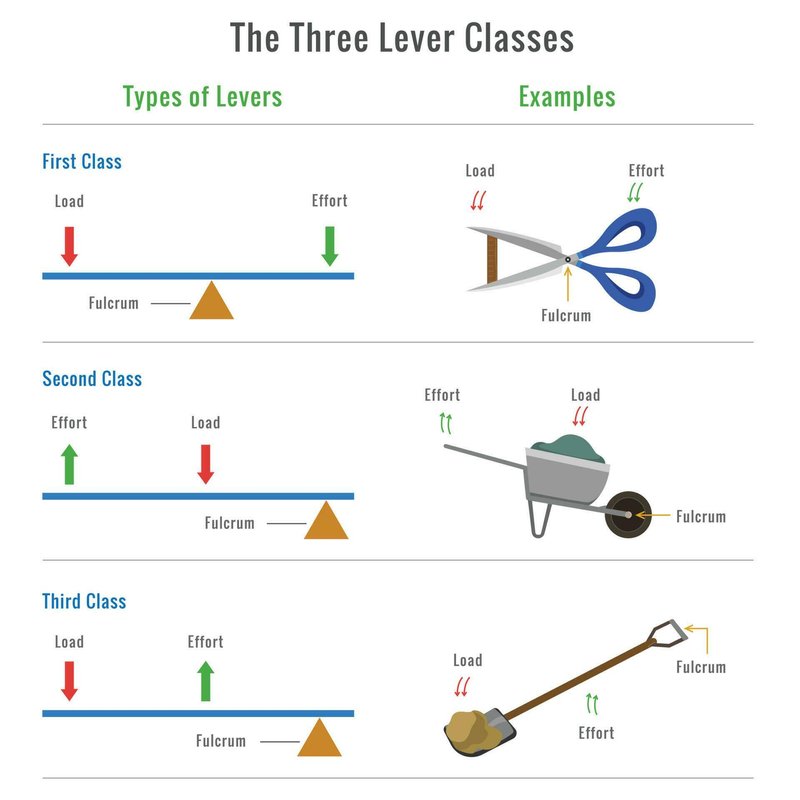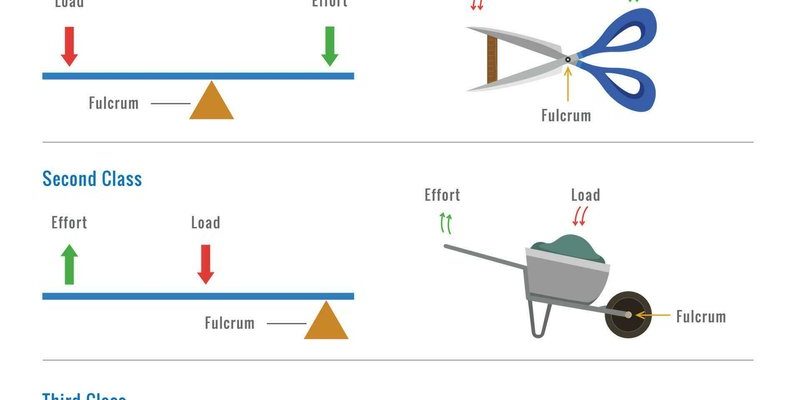
Think of door levers as the gatekeepers to your space. Each time you use one, you’re relying on a series of mechanical parts to do their job. If one of those parts falters, the whole system can come crashing down, leaving you locked out or struggling to get inside. Brands like Schlage and Kwikset have designed durable levers, but even the best products aren’t immune to wear and tear. Let’s look deeper into the common issues that can affect door levers, so you can keep your entryways working smoothly.
1. Misalignment of the Door and Strike Plate
One of the most frequent issues with door levers is *misalignment*. When the door isn’t properly aligned with the strike plate, it can create serious problems. Think of it like wearing shoes that are too tight; it just doesn’t fit right. Over time, the hinges may become loose or warped, causing the door to sag.
When this happens, the lever might not catch on the latch properly, leading to a frustrating situation where you’re left jiggling the handle. To fix this, you’ll need to check the hinges and tighten or replace them as needed. You might also need to adjust the strike plate by repositioning it slightly to align with the latch.
Regular maintenance can help prevent misalignment issues. Every few months, it’s worth inspecting your door hinges and strike plates. If you notice any wear, don’t wait for a bigger problem to surface; take action early.
2. Worn Out Springs
Another common failure point for door levers is *worn out springs*. These tiny components are crucial for the lever’s smooth operation. The spring is what gives the lever its return action when you press it down. Without a functioning spring, the lever may stay down or feel loose and unresponsive.
If you find yourself pushing the lever and it doesn’t spring back, it’s time for a replacement. You can usually find replacement springs at a hardware store. Just make sure to take the old spring with you to ensure you get the right fit.
Replacing the spring isn’t complicated. Simply disassemble the lever, swap out the old spring for the new one, and reassemble. It’s a small fix that can make a big difference in how your door lever operates.
3. Faulty Latch Mechanism
The latch mechanism is another area where door levers can fail. This is the part that actually engages with the strike plate to secure the door. If the latch is damaged, it can prevent the door from locking or unlocking properly. Imagine trying to close your umbrella in the wind; it just won’t cooperate.
You might notice symptoms like the door not closing fully or the lever not engaging at all. If that’s the case, inspect the latch for any signs of damage or wear. Sometimes, cleaning the latch can help, but if it’s broken, a replacement is necessary.
Replacing a latch is relatively straightforward. You’ll need to remove the lever, take out the old latch, and insert the new one. With a bit of patience, you can have your door working like new again.
4. Build-Up of Dirt and Debris
Sometimes, the simplest issues can lead to the biggest headaches. A build-up of dirt and grime can affect the function of your door lever. Think of it like a dusty fan not spinning properly; the dirt slows it down and can even stop it completely.
Regular cleaning can prevent this problem. Use a soft cloth or a gentle cleaning solution to wipe down the lever and remove any debris. Don’t forget to clean around the latch and inside the mechanism. Keeping these areas clean can enhance the longevity of your door lever.
For tough grime, a bit of lubricant can help. Just make sure to use a product that’s safe for metal and won’t attract more dirt.
5. Temperature Changes and Humidity
Did you know that the environment can also play a role in how well your door lever functions? Changes in temperature and humidity can cause materials to expand and contract. This can lead to issues such as sticking levers or doors that refuse to close properly.
For instance, during hot summer months, the wood of your door may swell, affecting how the lever interacts with the latch. If you notice changes with the seasons, you might need to adjust the alignment more frequently.
To prevent these issues, consider maintaining a stable indoor environment. Using a dehumidifier can help combat humidity, and regular inspections can catch any misalignments before they turn into larger problems.
6. Installation Errors
Let’s face it, sometimes the root of the problem is simply a matter of installation errors. If a door lever isn’t installed correctly, it can lead to a whole host of issues. You might find it wobbles, doesn’t turn smoothly, or even falls off altogether. It’s like trying to drive a car with missing screws; you can guess how well that would work!
When installing a door lever, follow the manufacturer’s instructions closely. Pay attention to details like alignment and ensure all screws are tightened properly. If you’re unsure about your installation skills, it might be worth hiring a professional.
If you suspect an installation error, take some time to disassemble and re-examine your work. A little patience can save a lot of frustration in the long run.
7. Aging Hardware
Finally, let’s talk about aging hardware. No matter how well you maintain your door lever, time can take its toll. If you’ve had your door lever for years, the internal components may simply wear out, leading to failure.
If you start experiencing persistent issues that require constant repairs, it might be time for a replacement. Investing in a new door lever can enhance not just the function but also the aesthetics of your space.
When choosing a new lever, consider durability and style. Brands like Schlage and Kwikset offer reliable options often backed by warranties. Plus, upgrading your hardware can also improve your home’s security.
In conclusion, understanding the common failure points of door levers can help you keep your entryways functional and secure. From *misalignment* to *aging hardware*, being aware of these issues allows you to tackle problems before they escalate. Whether you’re a DIY enthusiast or just trying to fix a pesky door, knowing what to look for can make all the difference. So next time you’re at the door, remember—that little lever plays a big role in your daily life!
